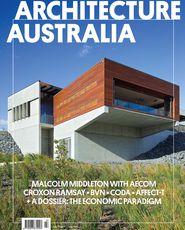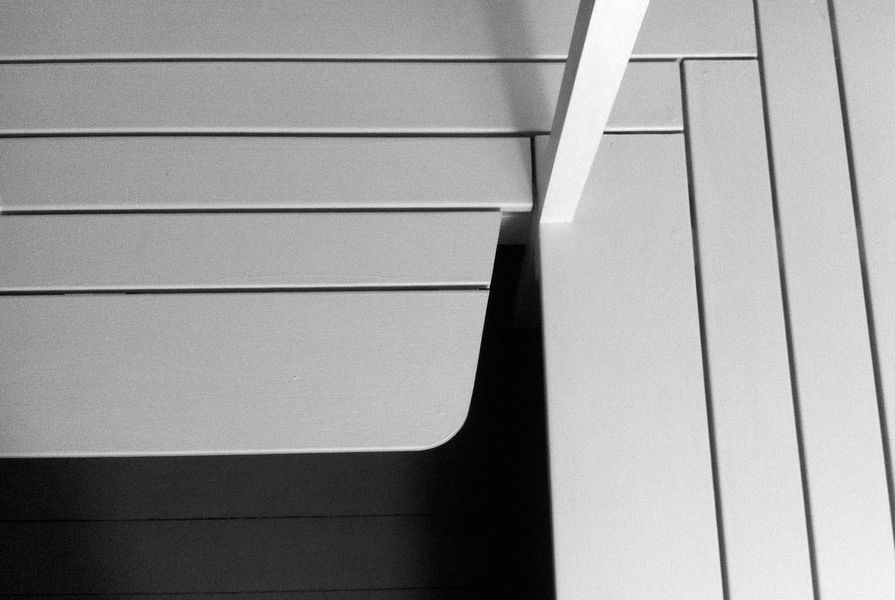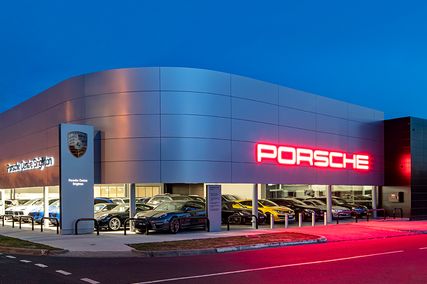Italian architect Carlo Scarpa was reputed to have begun each of his commissions by attending to the design of the door handles. This approach may seem a little unorthodox in today’s professional climate; it’s hard to imagine a contemporary client leafing through Scarpa’s colourful sketches and electing to proceed with a “feasibility study.” Nevertheless, it is difficult not to admire Scarpa’s preoccupation. These intimate building details — door handles, joinery, handrails and the like — represent moments of direct interface between buildings and their users. They are the components that are physically touched and manipulated by those who are occupying or operating in a space, and therefore offer the architect an opportunity to engage those who interact with a building.
In our work we seek to do this by placing a particular emphasis on bespoke furniture and joinery. From our earliest projects as a practice we have fashioned these elements to underscore the experience of a space. Initially, our principal inspiration was the built-in furniture of Alvaro Siza and Louis Kahn. We borrowed a reductive palette of materials that were composed in broad surfaces of veneered plywood, stone and laminate. A sustained iterative process of experimentation gradually changed how we composed these materials, forms and other elements to derive a suite of construction details. As time has progressed, we have increasingly recognized in this suite the birth of our own practice manner.
As our principles, values and convictions have emerged, we have consulted more varied sets of influences, both internal and local. Research into our city has sustained many of our enquiries. The Queensland house has a distinct manner of its own: an aesthetic of austerity. We admire a vernacular of painted timber, refined carpentry and formal symmetry and walls. By emphasizing the dignity of these buildings, rather than just the lightweight “spirit” of the verandah or the ramshackle shed, we have attempted to preserve historic motifs and appropriate embedded cultural cachet.
Our current preference is for a more expressive tectonic that is overlaid on our original reductive material palette — the Georgian architecture manner and twenty-first-century constructional acumen. Where we once commissioned the studied precision of the contemporary cabinetmaker’s casework, we now try to employ the less exacting hand of the modern carpenter. Our cabinetry is accented with more tactile leading edges that invite a grasping hand or the brush of a fingertip. We consult a library of more than one hundred measured drawings and photographic records of houses from all parts of our city. From these we derive impressions of timber arches, single-skin tongue-and-groove walls, decorative mouldings and anonymous improvisations to embellish our buildings.
We don’t see ourselves as neo-Luddites; contemporary building economies will never permit the past to be revisited, nor do we seek to do so. However, we do feel that a more humane and inclusive architectural detailing can bring greater relevance to our work. We want to engage both the senses and the intellect, and to do this on the broadest platforms available. For us, this has meant pursuing a practice manner whose concerns are universal, humane and open.
Owen and Vokes is a Brisbane-based architecture practice.
Source

Discussion
Published online: 6 Aug 2012
Words:
Stuart Vokes,
Paul Owen
Images:
Courtesy Owen and Vokes,
Toby Scott
Issue
Architecture Australia, May 2012























